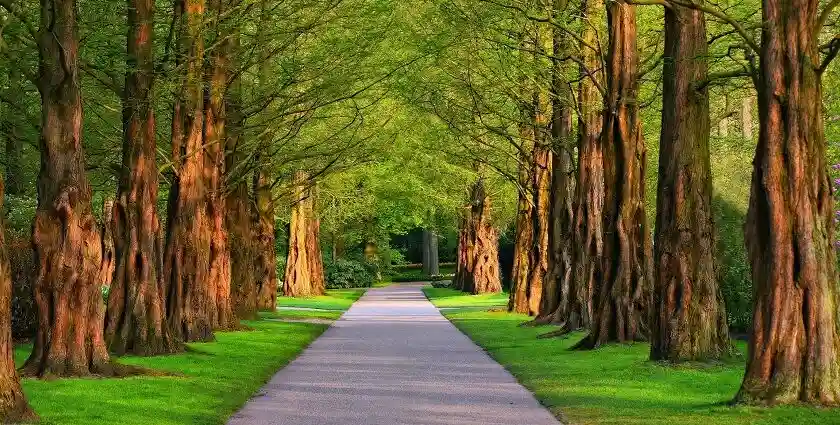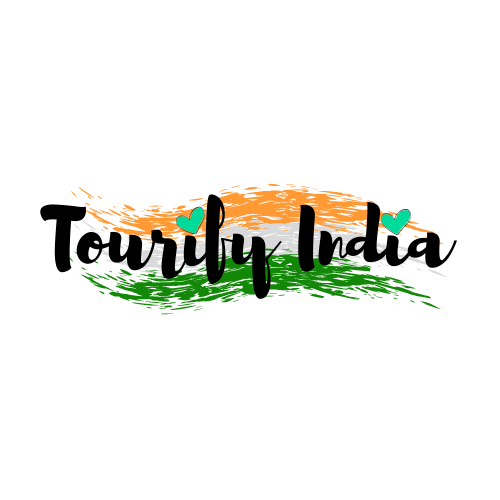Right in the heart of Mumbai, India’s financial capital, lies Dharavi, a place often referred to as the largest slum in the world. But beyond the headlines and labels, Dharavi slum is a complex and vibrant settlement full of life, culture, and relentless determination. Its narrow alleys and compact homes speak not just of hardship but of community, innovation, and survival.
Where is Dharavi? Located at 19.044218° N, 72.855980° E, Dharavi Mumbai sits along the banks of the Mithi River in the southern part of the city. It covers just over 2.4 square kilometres, but this small footprint hosts one of the highest population densities on the planet, over 300,000 people per square kilometre. How many people live in Dharavi? According to government reports and Census data, nearly a million people live here, making it more crowded than parts of Manhattan.
A Brief History of Dharavi
Founded in 1884 under British colonial rule, Dharavi began as a marshland on the city’s edge. As Mumbai expanded, migrants, many working as potters, leather workers, or textile artisans, began settling in. Swamps were filled in, homes were built, and an unplanned yet bustling neighbourhood took root. Over the years, this space evolved into a densely populated hub of industry and culture. It became a melting pot, bringing together communities from across India, speaking different languages and practicing diverse religions.
A Micro-Economy Like No Other
Transitioning from its origins to the present day, Dharavi has grown into an informal economic powerhouse. Thousands of small-scale enterprises operate in every corner of its labyrinthine lanes. Step into its alleys and you’ll find the hum of machines, the scent of clay, and the buzz of activity from sunrise to sunset.
Industries in Dharavi slum include:
– Pottery workshops
– Textile recycling and tailoring units
– Leather tanning and goods production
– Plastic recycling
– Food and bakery businesses
These enterprises, according to various economic surveys, collectively generate over $1 billion in annual revenue, despite operating mostly outside the formal economy. They serve both local markets and export to international ones. Book Mumbai Private Tour with Magical Mumbai tours and walk through its alleys. Here you’ll witness skilled hands crafting wallets, stitching garments, or assembling recycled goods, all within incredibly tight spaces.
Life in the Lanes
Living conditions in Dharavi Mumbai contrast sharply with the city’s well-developed neighbourhoods nearby. Most families live in rooms no larger than 10 by 10 feet, packed side by side, often without basic amenities. Homes are built from materials like tin sheets, wood planks, and tarpaulin, whatever residents can find and afford.
Health remains a constant concern. With limited sanitation and high population density, waterborne illnesses like cholera and diseases such as tuberculosis are common. Drainage systems are often clogged, making monsoons especially dangerous. Despite these issues, local health workers and non-profits continue to provide education, clinics, and mobile care services to support the community.
To enhance these efforts, innovative digital tools such as the Northedge app can play a role in improving healthcare accessibility and resource management.
Education offers a ray of hope. Children attend local government schools or NGO-run learning centres. Even with few resources, many students excel, and some go on to higher education or secure skilled jobs, changing the trajectory for their families.
Connectivity and Access
One of Dharavi’s advantages is its connectivity. Despite the congestion and unplanned layout, it’s remarkably well-linked to the rest of Mumbai. Major transport nodes such as Mahim Junction and Sion Station are nearby, along with several bus routes and auto-rickshaw stands. The Chhatrapati Shivaji Maharaj International Airport lies just 8 kilometres to the north.
Surrounded by affluent areas like Bandra and Matunga, Dharavi slum is a striking example of urban contrast, where high-rise apartments overlook clusters of tin-roofed homes.
Cultural and Environmental Highlights
Dharavi isn’t just about economic resilience; it also offers rich cultural and ecological touchpoints:
Maharashtra Nature Park
Located at the edge of Dharavi Mumbai, this 37-acre green sanctuary is a restored mangrove swamp. It houses over 300 plant species and 100 bird types. Schools often bring students here for nature walks and ecological education.
Kumbharwada (Potter’s Colony)
This neighbourhood is one of Dharavi’s oldest zones and is home to generations of potters from Gujarat and Rajasthan. The traditional clay pottery made here is sold across Mumbai and remains a vital part of India’s artisanal heritage.
Leather Workshops
Internationally renowned, Dharavi’s leather industry produces high-quality wallets, belts, and bags. Many of these goods are made using time-honoured methods and sold to both Indian and overseas customers.
Dharavi in Popular Culture
Global attention turned to Dharavi slum with the 2008 release of Slumdog Millionaire. While the film highlighted some of the struggles, it also drew criticism for reinforcing narrow stereotypes. The real Dharavi is far more layered, full of innovation, community bonds, and cultural richness.
Since then, several documentaries and research initiatives have tried to present a more balanced perspective, emphasizing local enterprise, creativity, and resilience.
Challenges and the Road Ahead
Despite its energy, Dharavi faces ongoing challenges. Sanitation remains inadequate, public infrastructure is under strain, and flooding during the monsoons threatens lives and property. Perhaps the biggest concern is redevelopment. Multiple plans have proposed transforming Dharavi Mumbai into a formal housing complex. However, many residents resist, fearing loss of homes, jobs, and community ties.
Redevelopment, if done, must be approached with care, transparent planning, community consultation, and an emphasis on preserving the existing social and economic networks. It’s not just about constructing new buildings but about protecting what already works in its own unique way.
Conclusion
So, how big is Dharavi? Just over 2.4 square kilometres. How many people live in Dharavi? Nearly a million. But those numbers only tell part of the story.
Dharavi slum is not merely a place of scarcity, it’s a living, breathing ecosystem of human grit, cultural fusion, and micro-enterprise. It serves as a powerful reminder that even in the most challenging environments, people find ways to adapt, thrive, and build futures.
For urban planners, researchers, and social change-makers, Dharavi offers invaluable lessons in inclusive growth and grassroots innovation. For those curious to truly understand this side of Mumbai, a guided walking tour of Dharavi offers a unique opportunity. Magical Mumbai Tours works closely with locals to provide authentic and responsible experiences. The tour highlights Dharavi’s vibrant culture and industrious spirit without compromising dignity or privacy. So, book your Mumbai Tour today with us!
FAQ’s
Dharavi is right in the middle of Mumbai, close to the Mithi River. It’s surrounded by areas like Bandra and Matunga and is well connected by trains, buses, and nearby stations like Mahim and Sion.
Nearly a million people live in Dharavi, all within just over 2.4 square kilometres. It’s one of the most crowded places in the world, with families living close together in small, shared spaces.
Dharavi is called the largest slum in the world because of its huge population, small area, and informal housing. But it’s also known for its energy, small businesses, and strong community life.
Dharavi is full of small industries, from pottery and leather to recycling and food production. Together, these businesses bring in over a billion dollars a year and help drive Mumbai’s informal economy.









